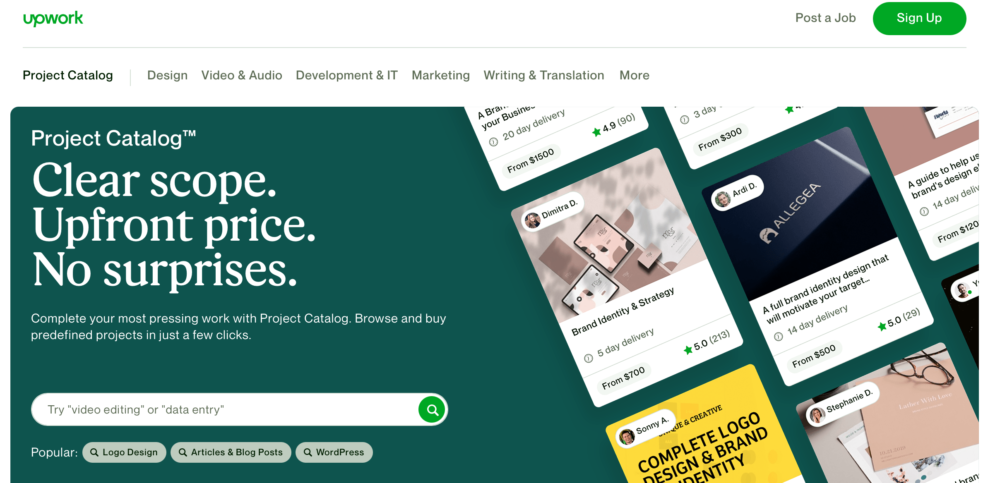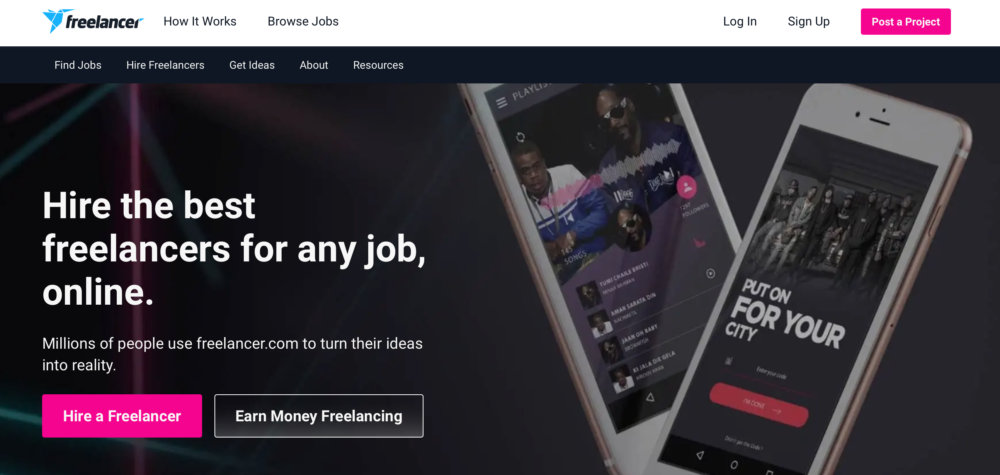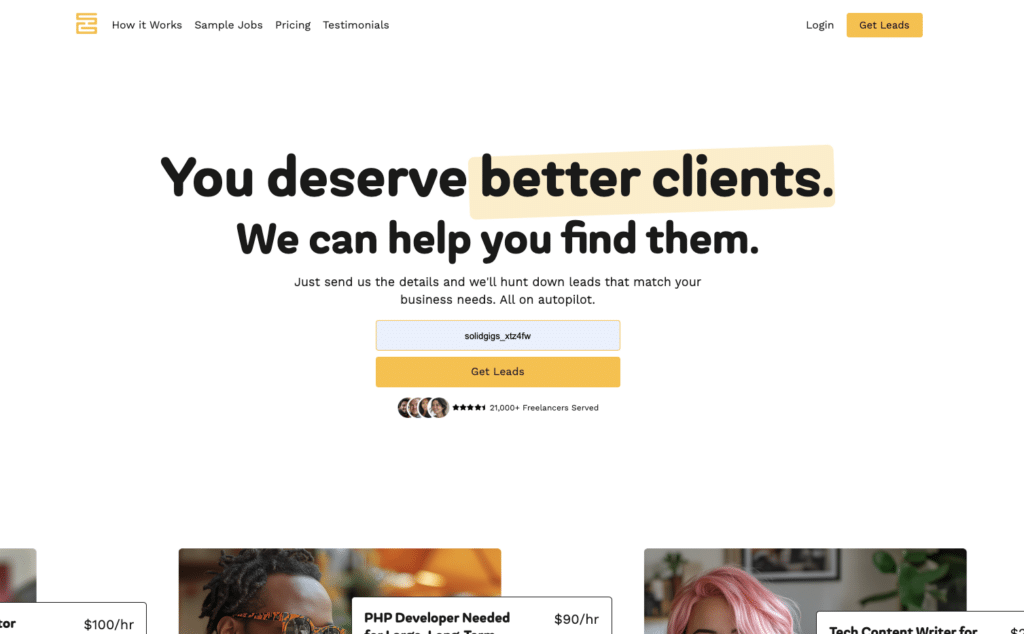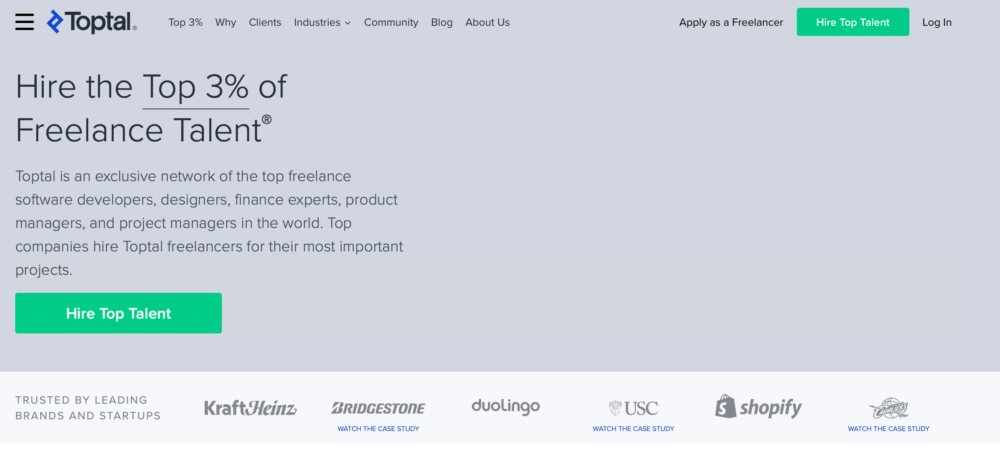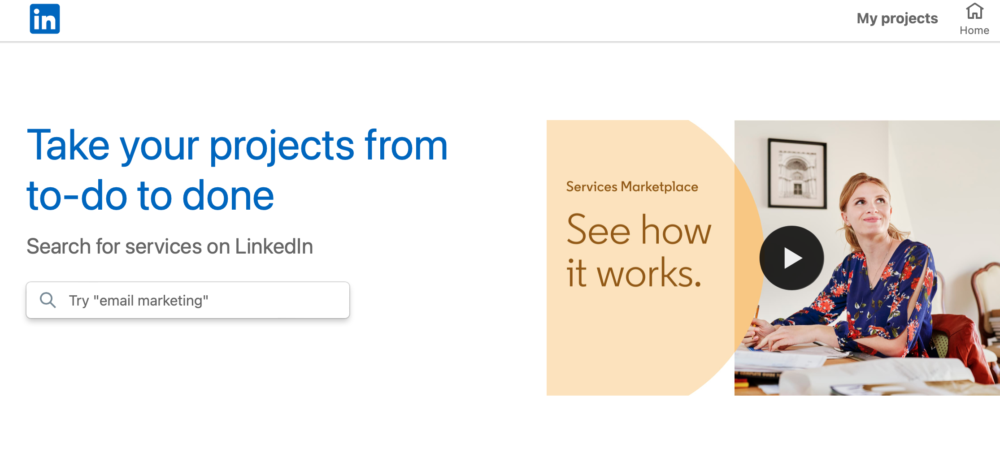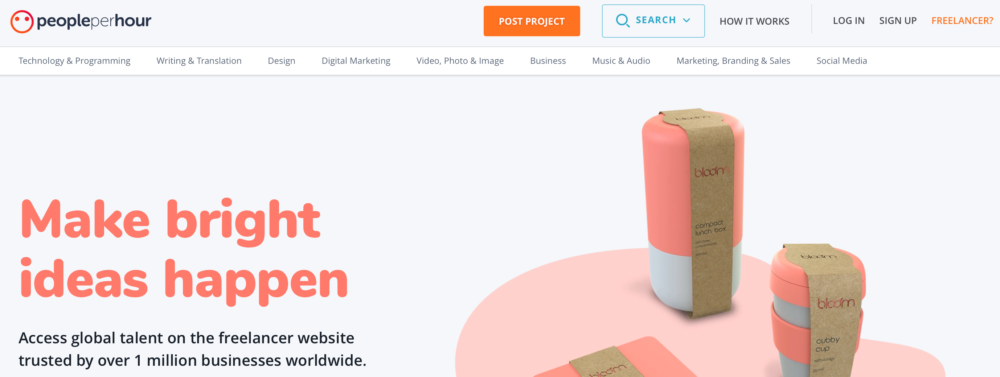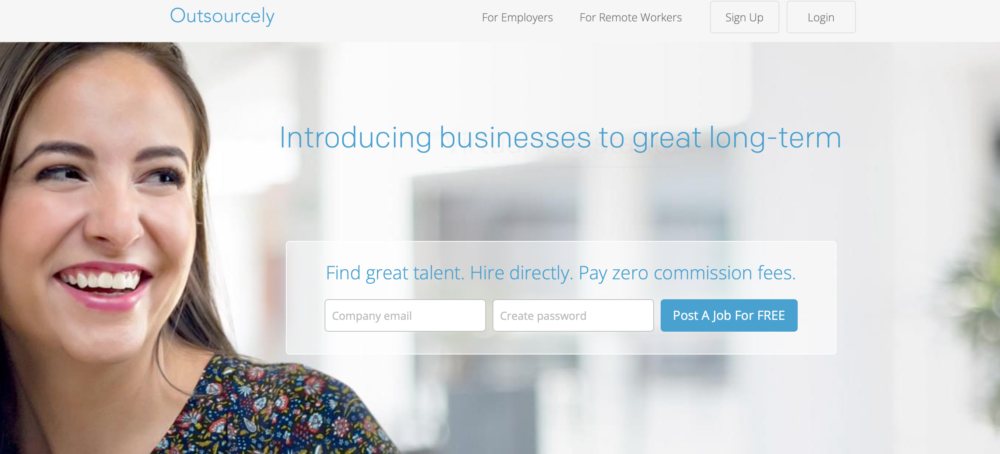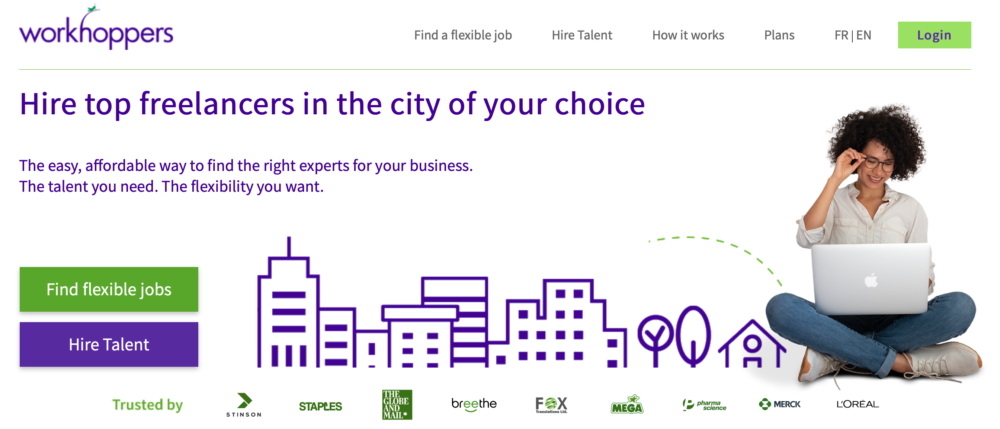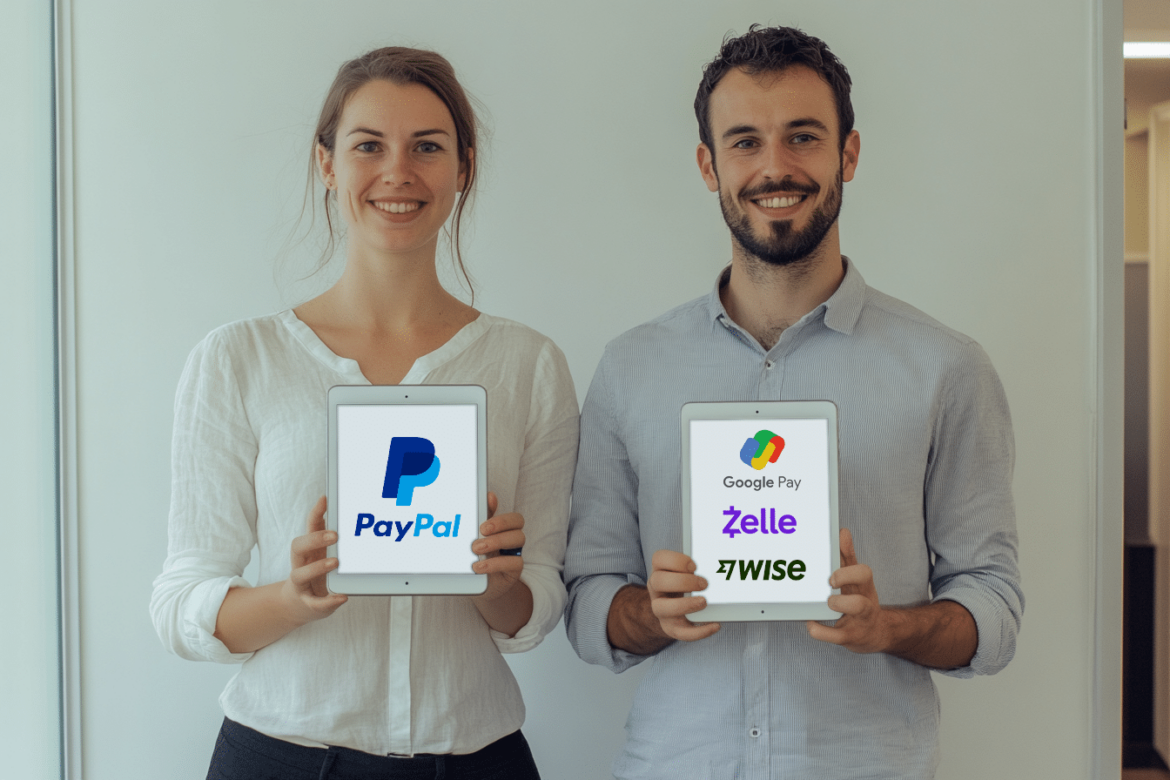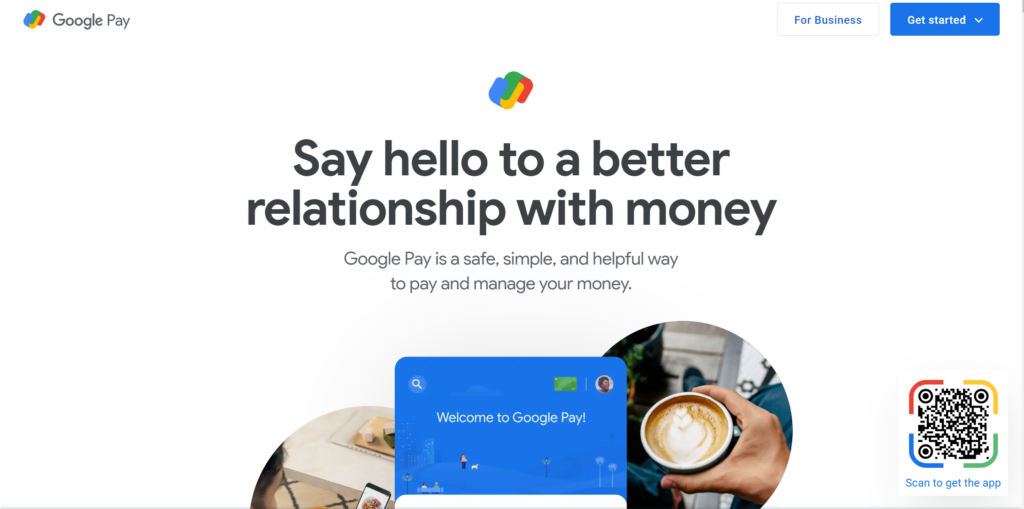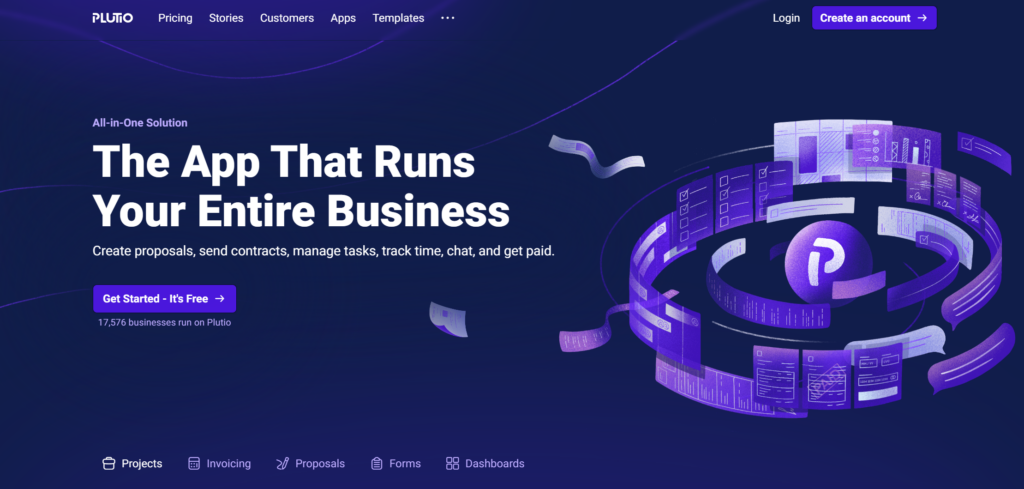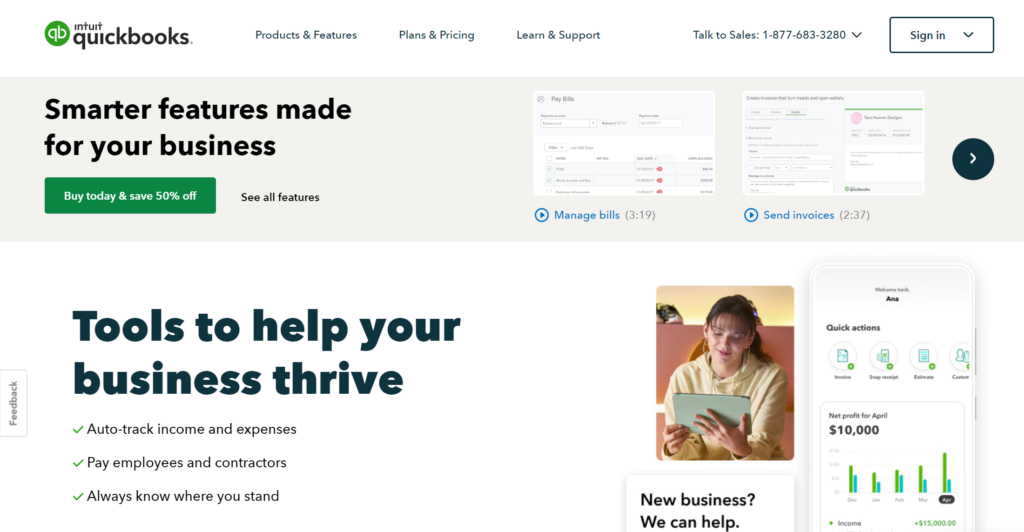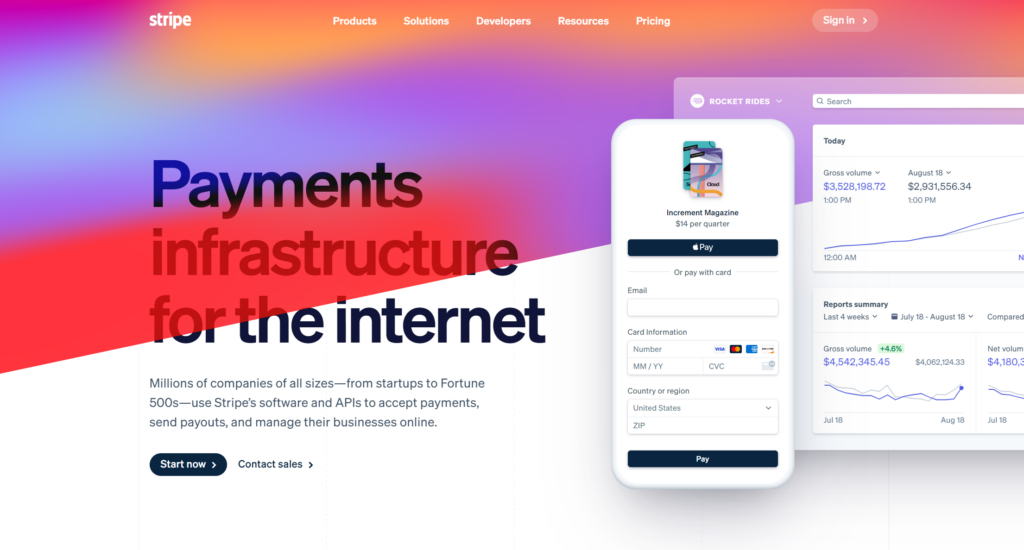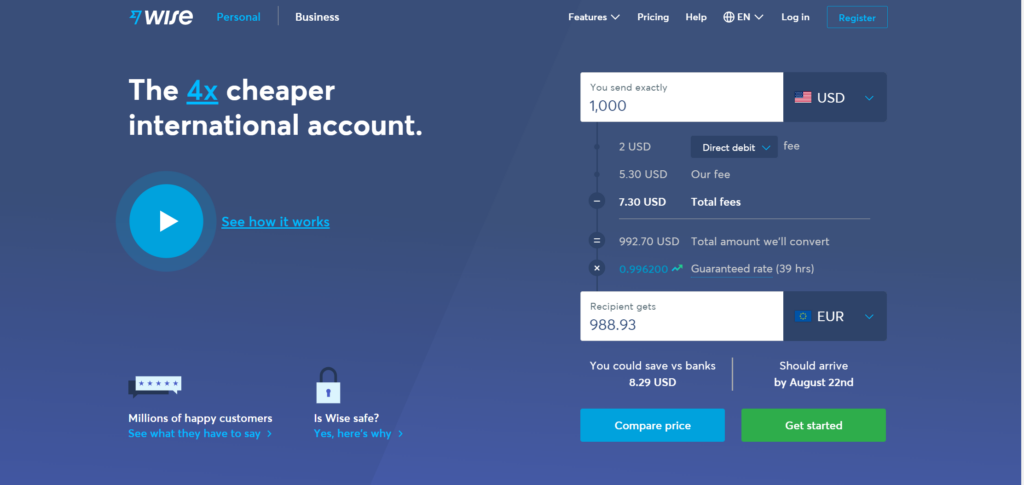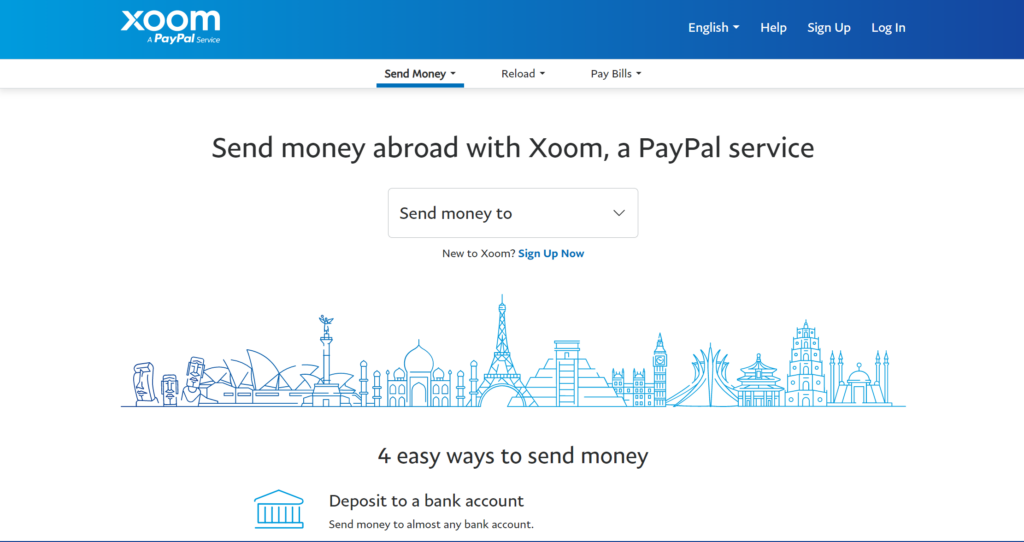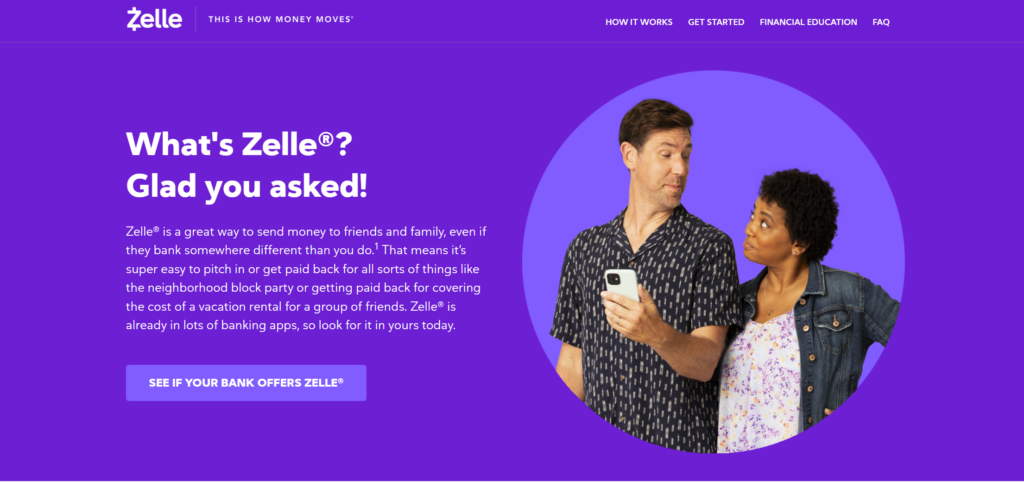Your freelance portfolio reveals a lot about you. When you’re running your own freelancing business, your reputation is everything. That’s because you most likely don’t have millions to spend on marketing, so your portfolio has to do a lot of the heavy lifting when it comes to landing new clients.
But there’s one aspect of your portfolio, I’m willing to bet you haven’t given enough thought to—particularly in regards to how it impacts potential clients’ perception of you.
That’s the unspoken messages hidden within it.

Get Weekly Freelance Gigs via Email
Enter your freelancing address and we’ll send you a FREE curated list of freelance jobs in your top category every week.
The truth is, your freelance portfolio reveals A LOT about the kind of freelancer you are, the types of clients you want to attract, and the kind of business you’re building.
What Your Freelance Portfolio Reveals about You
When you share your portfolio or send out a link to your work, you’re broadcasting more than just examples to the world.
Without even meaning to, you’re sending messages to future and current clients about your brand simply by how you present your work.
Below, I’d like to unpack some of the unspoken messages you send with your freelance portfolio.
None of these is necessarily good or bad, right or wrong (unless, of course, you’re sending a message you don’t intend to), but instead offer an outsider’s view into what your portfolio reveals about you and your business.
If Your Portfolio Is Minimal
First, if your portfolio features just a handful of carefully selected projects, you might be saying:
“I’m selective about the work I showcase and confident in my best pieces.”
This isn’t necessarily a bad thing. There is plenty of merit in quality over quantity, and a carefully curated portfolio can speak volumes about your attention to detail.
In fact, you might enjoy the clarity and focus that comes with a minimal portfolio—there are certainly a few perks that come with that territory.

The risk you run when keeping your portfolio ultra-minimal is you might also inadvertently be saying:
“I don’t have enough experience to show more work.”
Self-awareness is good. And maybe you are just starting out in your career. A minimal portfolio is great for making a strong first impression, highlighting your best work, or breaking into a new industry.
There’s nothing inherently wrong with being selective. If it’s what you’ve got to work with now, leverage it. There may come a time when you consider expanding your portfolio’s scope.
If Your Portfolio Is Extensive
Of course, you could go the opposite direction and showcase every project you’ve ever completed. Here’s what you might be saying to potential clients if your portfolio is packed with years of work samples:
“I’m experienced and versatile enough to handle any project you throw at me.”
And, honestly, there’s nothing wrong with demonstrating your breadth of experience. The only risk you really run here is being a bit too… overwhelming. A bit too… unfocused.
You could lose their attention.
Without a clear narrative to guide potential clients through your work, you may find yourself drowning in a sea of your own successes—making it harder for clients to see exactly how you can help them specifically.
Another unspoken message you’re saying when you show everything is:
“I’m not quite sure what you’re looking for, so here’s everything I’ve got.”
When your portfolio tries to speak to everyone, it risks speaking to no one. This can actually work against you psychologically when booking new clients. If you appear unsure about which work best represents you, it makes some clients unsure about working with you at all.
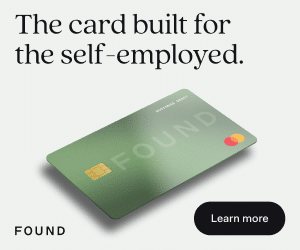
If Your Portfolio Is Case-Study Heavy
If you find yourself presenting most of your work through detailed case studies, you’re likely saying:
“I care deeply about the process and results, not just the final product.”
This approach can be particularly powerful. After all, potential clients love seeing how you think and solve problems, not just what the end result looks like.
In fact, you might find that clients who appreciate thorough case studies tend to value strategy and thoughtfulness—there are certainly advantages to attracting these kinds of clients.
The risk you run with an overly analytical portfolio is you might inadvertently be saying:
“I might overthink everything and make simple projects complicated.”
Balance is key here. And maybe your detailed approach is exactly what some clients need. Case studies are great for demonstrating your problem-solving abilities, showcasing your strategic thinking, or attracting clients who value depth over speed.
There’s nothing inherently wrong with being thorough. If it’s what sets you apart, embrace it. Just remember that some clients might need to see the highlight reel before they dive into the behind-the-scenes footage.
If Your Portfolio Is Visual-First
When your portfolio leads with striking visuals and minimal text, you’re broadcasting a clear message:
“My work speaks for itself—I let the results do the talking.”
This can be a powerful approach. There’s something confidence-building about a freelancer who lets their work stand on its own merits without a lot of explanation or justification.
In fact, you might find that this style attracts clients who trust their gut and make decisions based on immediate impact—there’s definitely value in connecting with decisive clients.
The risk you run with a purely visual portfolio is you might accidentally be saying:

“I’m all style and no substance.”
Context matters. And while beautiful work certainly catches the eye, some clients need to understand the strategy behind it. A visual-first portfolio is perfect for creating immediate impact, drawing emotional responses, or attracting clients who prioritize aesthetics.
There’s nothing inherently wrong with leading with visuals. If that’s where your work shines brightest, run with it. Just consider having those deeper insights ready for when clients start asking about the ‘why’ behind the ‘wow.’
If Your Portfolio Is Process-Focused
If your portfolio emphasizes your workflow and methodology above all else, you’re probably saying:
“I have a proven system that consistently delivers results.”
This can be incredibly reassuring to the right clients. After all, businesses love knowing exactly what they’re getting into and how you’ll get them from point A to point B.
In fact, you might find yourself attracting clients who value structure and predictability—there’s certainly something to be said for clients who appreciate a well-oiled machine.
The risk you run with a process-heavy portfolio is that you might unintentionally be saying:
“I’m rigid and might struggle with projects that require flexibility.”
Method matters, yes. But some clients might worry that you’re more invested in your process than in adapting to their unique needs. A process-focused portfolio works well for establishing credibility, demonstrating professionalism, or attracting clients who value systematic approaches.
There’s nothing inherently wrong with showcasing your methodology. If you’ve developed a system that works, flaunt it. Just make sure you’re also showing how your process adapts to different client situations and challenges.
If Your Portfolio Is Industry-Specific
When your portfolio focuses exclusively on one industry or niche, you’re telling potential clients:
“I’m a specialist who deeply understands your specific market.”
This can be a major advantage. There’s something incredibly appealing about working with someone who already knows your industry’s ins and outs, terminology, and unique challenges.
In fact, you might find yourself becoming the go-to expert in your chosen niche—there’s definitely something to be said for being a big fish in a smaller pond.
The risk you run with an industry-specific portfolio is you might inadvertently be saying:
“I’m stuck in this lane and can’t think outside my specific industry.”
Specialization is valuable, sure. But some clients might worry that your industry focus has limited your creativity or ability to bring fresh perspectives. A niche portfolio is perfect for establishing expertise, commanding premium rates, or becoming the recognized authority in your space.
There’s nothing inherently wrong with specializing. If you’ve found your sweet spot, own it. Just remember that even specialized portfolios can showcase transferable skills and creative thinking that transcend any single industry.
What does YOUR portfolio say about YOU?
Now that I’ve given you a few ideas on what your portfolio might actually be saying about you and your business, it’s your turn.
Take a moment this week to reflect on your freelance portfolio and if it’s really saying what you want it to say about your business.
If it is, great. Continue on.
If, like many freelancers, you’re sending the wrong message, it may be time for an adjustment in how you present your work.
Keep the conversation going…
Over 10,000 of us are having daily conversations over in our free Facebook group and we’d love to see you there. Join us!



